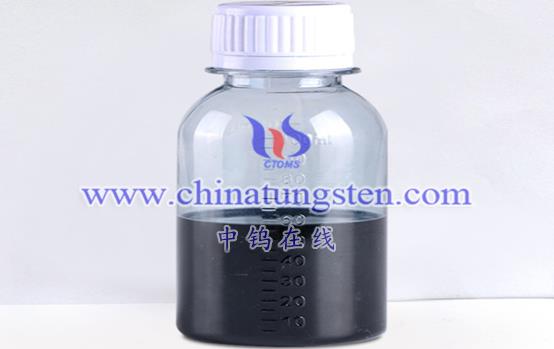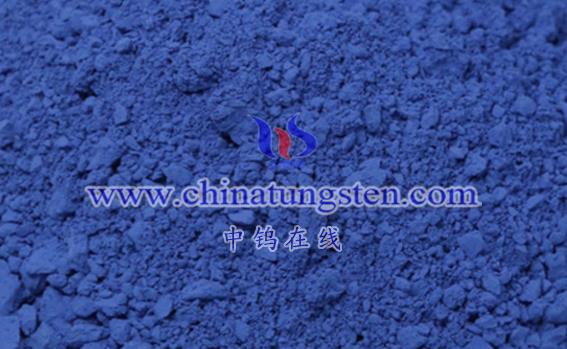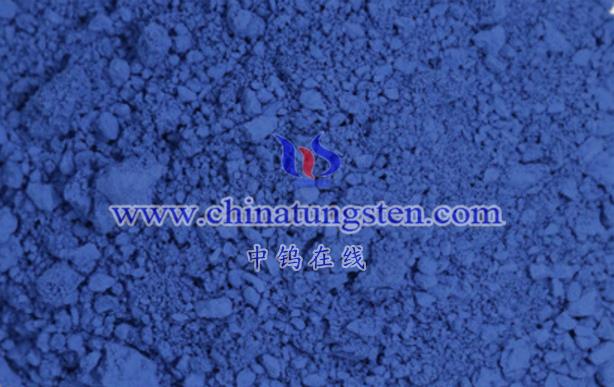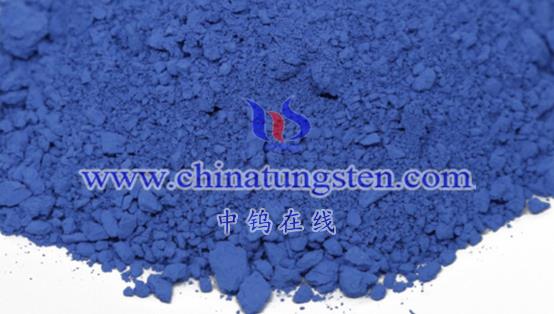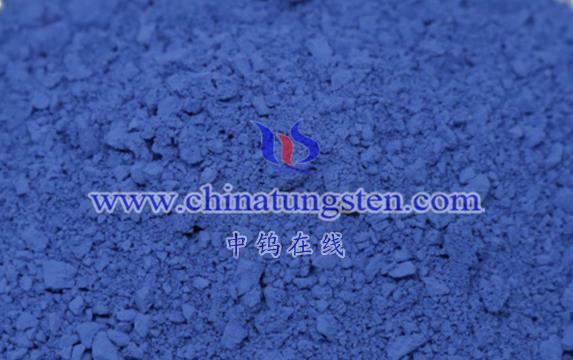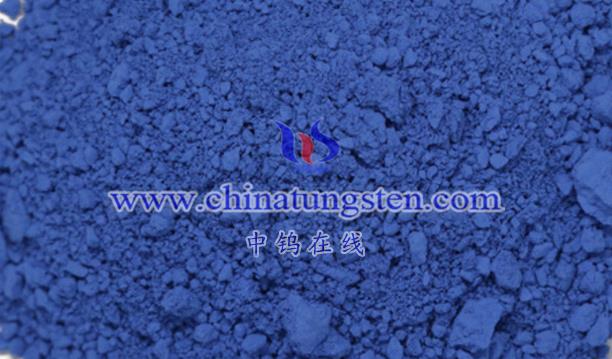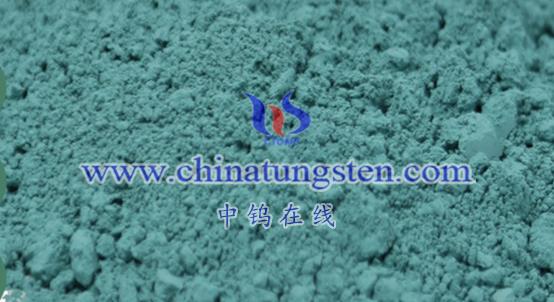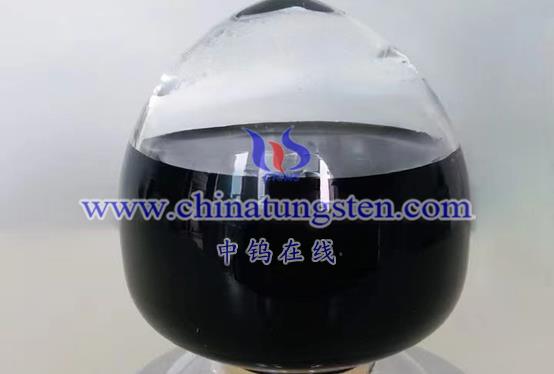
Nano-tungsten oxide photoelectrochemical biosensors are highly versatile due to their unique properties, allowing them to detect a wide range of substances across various fields. Here are some of the primary substances that these sensors can detect:
- Biomarkers
- Glutathione (GSH): Glutathione is an essential biomolecule involved in antioxidant and detoxification processes within cells. Sensors based on nano-tungsten oxide can quantitatively detect GSH by monitoring changes in photoelectrochemical signals, providing critical information for the diagnosis of related diseases.
- Lung Cancer Biomarkers (e.g., CYFRA21-1): These sensors can be designed to detect tumor markers such as CYFRA21-1, aiding in the early diagnosis and treatment of lung cancer.
- Pollutants
- In environmental monitoring, nano-tungsten oxide sensors can detect various pollutants in water, air, and other environmental media. This includes heavy metal ions and organic pollutants. Real-time monitoring of pollutant concentrations through changes in photoelectrochemical signals supports environmental protection and pollution control efforts.
- Harmful Substances in Food
- In the realm of food safety, these sensors can identify harmful substances in food products, such as pesticide residues and excessive additives. By employing specific biorecognition elements that interact with target molecules, the sensors facilitate rapid detection of harmful substances, ensuring food safety.
- Gas Components
- As an n-type semiconductor, tungsten oxide exhibits excellent gas sensitivity, making it suitable for gas sensing applications. Sensors can detect various gas components, including flammable gases (e.g., CO, CH₄) and harmful gases (e.g., NOx, SO₂, NH₃, H₂). These sensors can monitor gas leaks from natural gas and liquefied petroleum gas in domestic settings and detect toxic gases in the petrochemical industry and hydrogen generated during the degradation of transformer oil.
- Other Biomolecules
- Besides the substances mentioned above, nano-tungsten oxide-based photoelectrochemical biosensors can be tailored and optimized to detect other biomolecules, including enzymes, hormones, and proteins. The concentration changes of these biomolecules are often closely related to the onset and progression of diseases.
While nano-tungsten oxide photoelectrochemical biosensors have broad application prospects, their specific applications require further research and development based on practical needs. With the continuous advancements in nanotechnology and photoelectrochemical analysis methods, the performance and application scope of these sensors are expected to expand significantly.
More details of tungsten oxide product, please visit website: tungsten-oxide.com
Please contact CHINATUNGSTEN for inquiry and order of tungsten oxide:
Email: sales@chinatungsten.com
Tel.: 86 592 5129595
